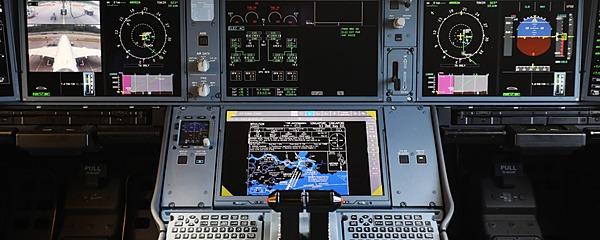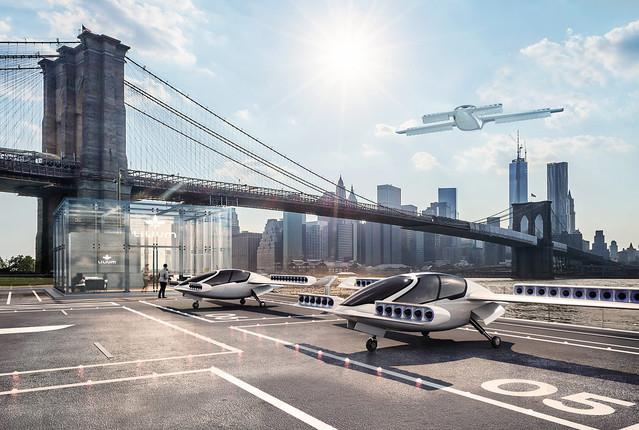Boeing to develop fully self-driving jet ── but "almost automatic" has already been realized
Boeing has embarked on the development of autonomous flight technology for aircraft. The goal is to create a self-flying jet airliner that does not require a pilot.
Mike Sinette, vice president of product development at the company, said in an article about the Paris Air Show in mid-June 2017 that autopilot drones are already selling for less than $ 1,000. "The foundation of this technology is definitely feasible," he said.
When you hear of a passenger plane without a pilot, some people may feel crazy or scared. However, the development of high-performance computer systems that can fly passenger planes is proceeding smoothly. Already, the current autopilot is responsible for most of the maneuvering once the plane has taken off, landing the aircraft without problems even under conditions of bad weather and limited visibility.
Boeing wants to get more humans out of the cockpit by developing AI that can make more decisions on behalf of pilots. According to Cinette, Boeing plans to test such a system in a simulator in the summer of 2017 and on a real airplane in 2018.
Dependence on autopilot
The autopilot adjusts and maintains the direction, altitude, and speed of the nose based on the input from the pilot. It was decades ago that airlines began using this technology.


@Fangehsin thor! Sexuality Headcanon: pan! Gender Headcanon: he / him A ship: thorbruce! A BROTP: he n steve are grea… https://t.co/ku6CccVCbY
— Robbie! ✨ Tue Sep 17 04:39:58 +0000 2019
Eventually, commercial aircraft were equipped with an automated system called a "flight management system (FMS)". Once the pilot enters the flight plan, FMS will determine the most efficient way to do it. Relying on the advanced sensor network spread throughout the aircraft, we constantly evaluate and adjust the situation such as speed and climb rate. At this point, the pilot can relax in every way.
"Sleeping is not legally allowed, but there are multiple times that some people may find boring," said Aero Pacific Consulting, the captain of the Boeing 757 and 767. This is Douglas M. Moss, who is also the owner of.
However, pilots still have to do the work of monitoring wind and weather conditions, tracking fuel consumption, and maneuvering in the event of eddy. It's possible for an autopilot, but it's still not as good as a human being.
The degree to which pilots rely on autopilot varies from country to country. In the United States, airlines require pilots to maintain manual surveillance and maneuvering. Meanwhile, Asian airlines are asking pilots to use autopilots as much as possible.
"Asiana Airlines prohibits co-pilots from flying and landing planes. They must be automatic," Moss said. "The captain is also prohibited from manually flying above 3,000 feet."
Dependence also depends on the type of airplane. Airbus is highly dependent on automation and leaves control to the computer except during override (maneuvering that prioritizes manual operation by the pilot with the autopilot turned on). Boeing prefers a human-made final decision, with an automated system guiding and assisting.
"Both methods have their strengths and weaknesses. Airbus is trying to avoid human error, but Boeing is trying to harness human abilities," said a former test pilot, who is now. Clint Barog is studying human abilities, cognition, and errors at Embry-Riddle Aviation University in Florida.








